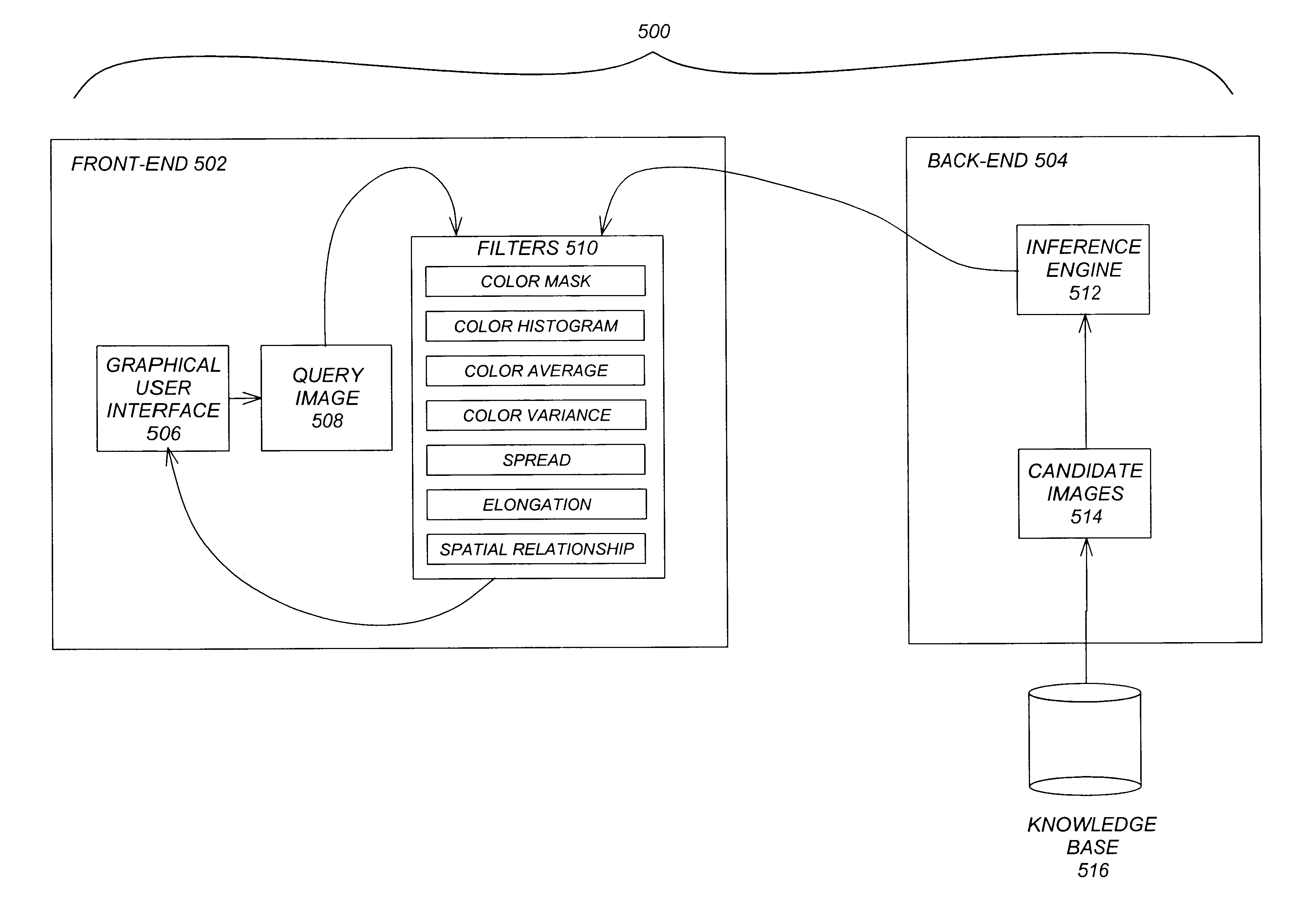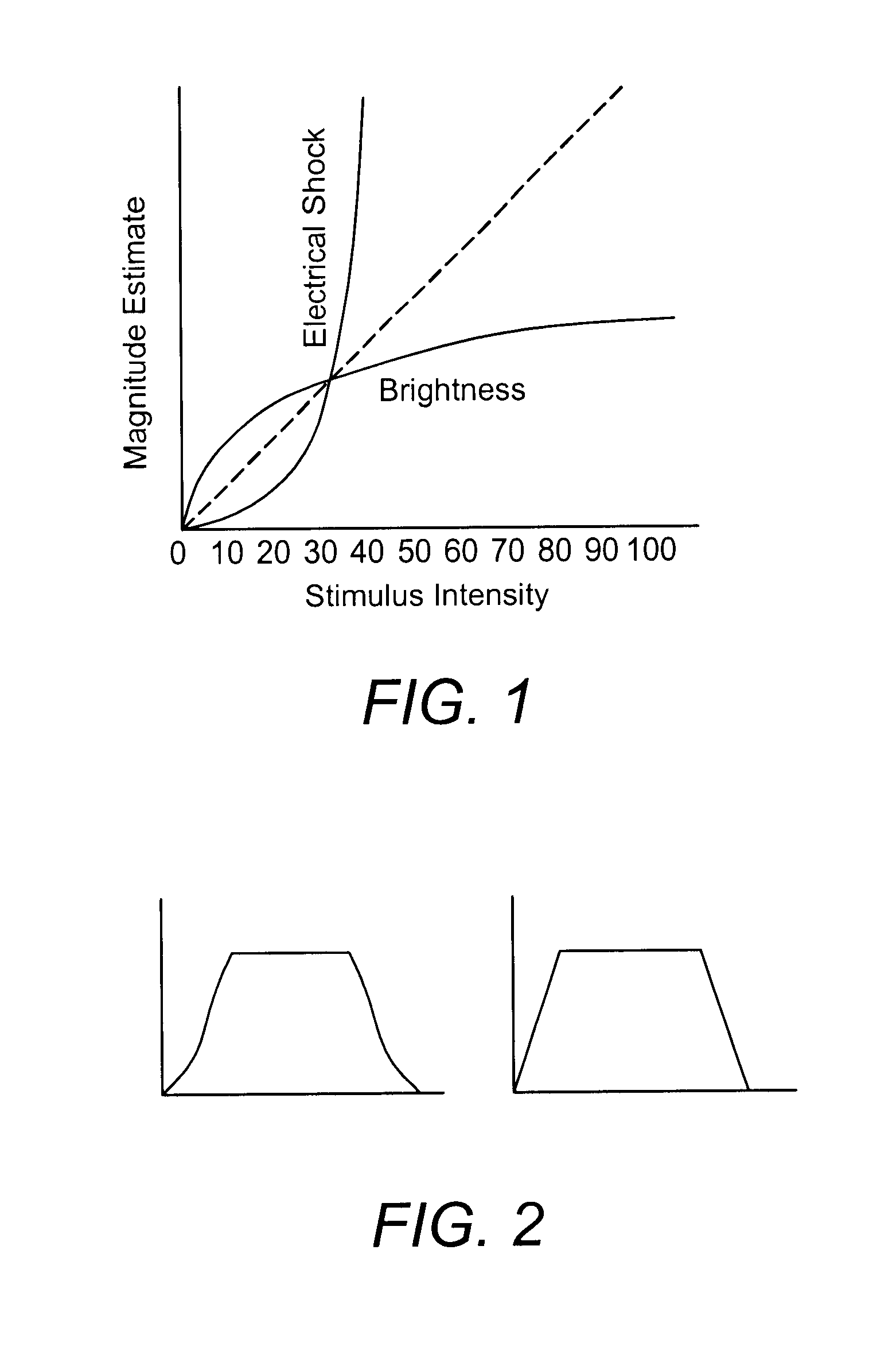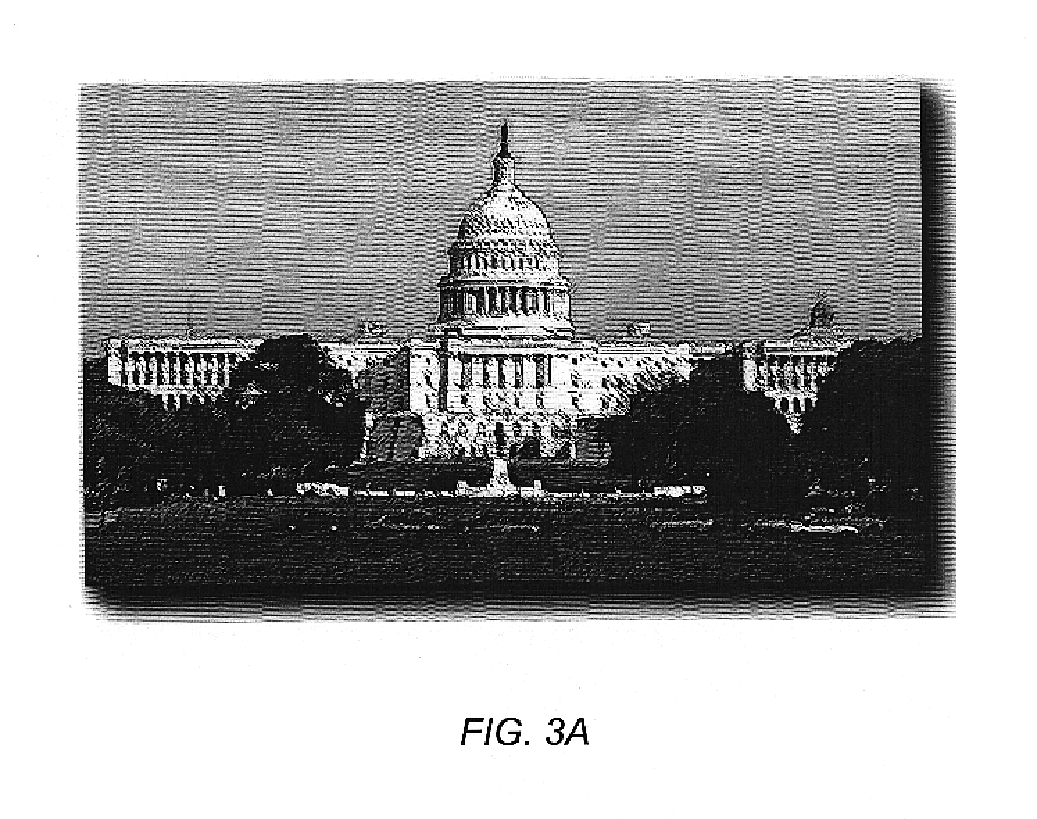Perception-based image retrieval
a technology of perception and image retrieval, applied in the field of perception-based image retrieval, can solve the problems of uneven distribution of effort and inability to tell the person
- Summary
- Abstract
- Description
- Claims
- Application Information
AI Technical Summary
Benefits of technology
Problems solved by technology
Method used
Image
Examples
Embodiment Construction
In the following description, reference is made to the accompanying drawings which form a part hereof, and which show, by way of illustration, a preferred embodiment of the present invention. It is understood that other embodiments may be utilized and structural changes may be made without departing from the scope of the present invention.
1 Overview
Since a content-based image retrieval (CBIR) system services people, its image characterization and similarity measure must closely follow perceptual characteristics. This specification enumerates a few psychological and physiological invariants and show how they can be considered by a CBIR system. Distance functions are proposed to measure perceptual similarity for color, shape, and spatial distribution. In addition, the specification models an image search engine after the human visual system, which adjusts to the environment and adapts to the visual goals. The present invention shows that a visual front-end can be decomposed into filte...
PUM
 Login to View More
Login to View More Abstract
Description
Claims
Application Information
 Login to View More
Login to View More - R&D
- Intellectual Property
- Life Sciences
- Materials
- Tech Scout
- Unparalleled Data Quality
- Higher Quality Content
- 60% Fewer Hallucinations
Browse by: Latest US Patents, China's latest patents, Technical Efficacy Thesaurus, Application Domain, Technology Topic, Popular Technical Reports.
© 2025 PatSnap. All rights reserved.Legal|Privacy policy|Modern Slavery Act Transparency Statement|Sitemap|About US| Contact US: help@patsnap.com



